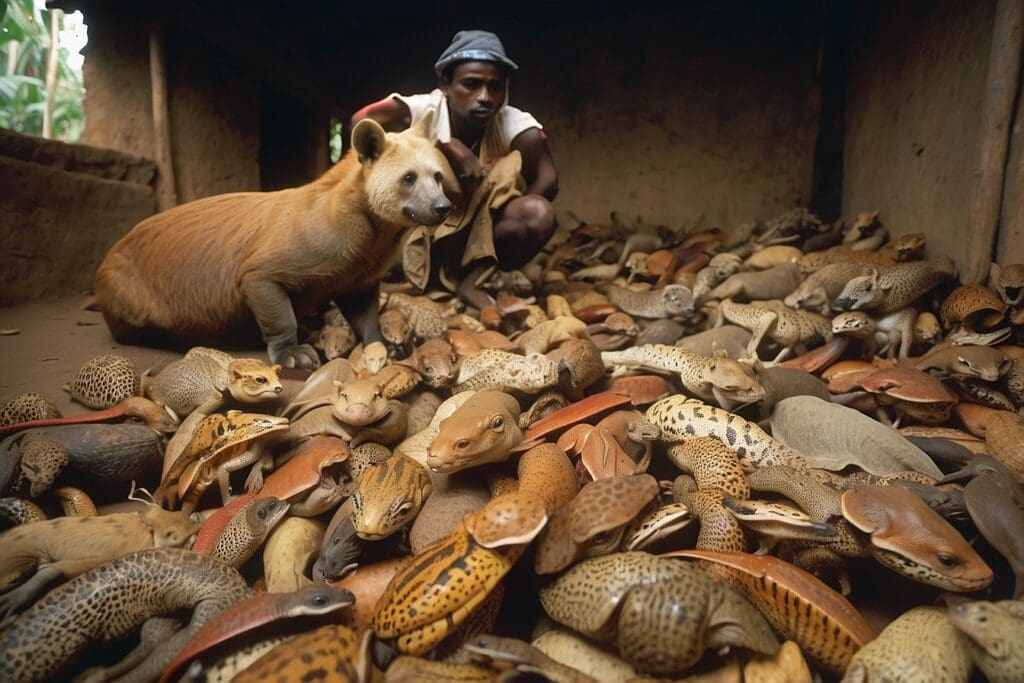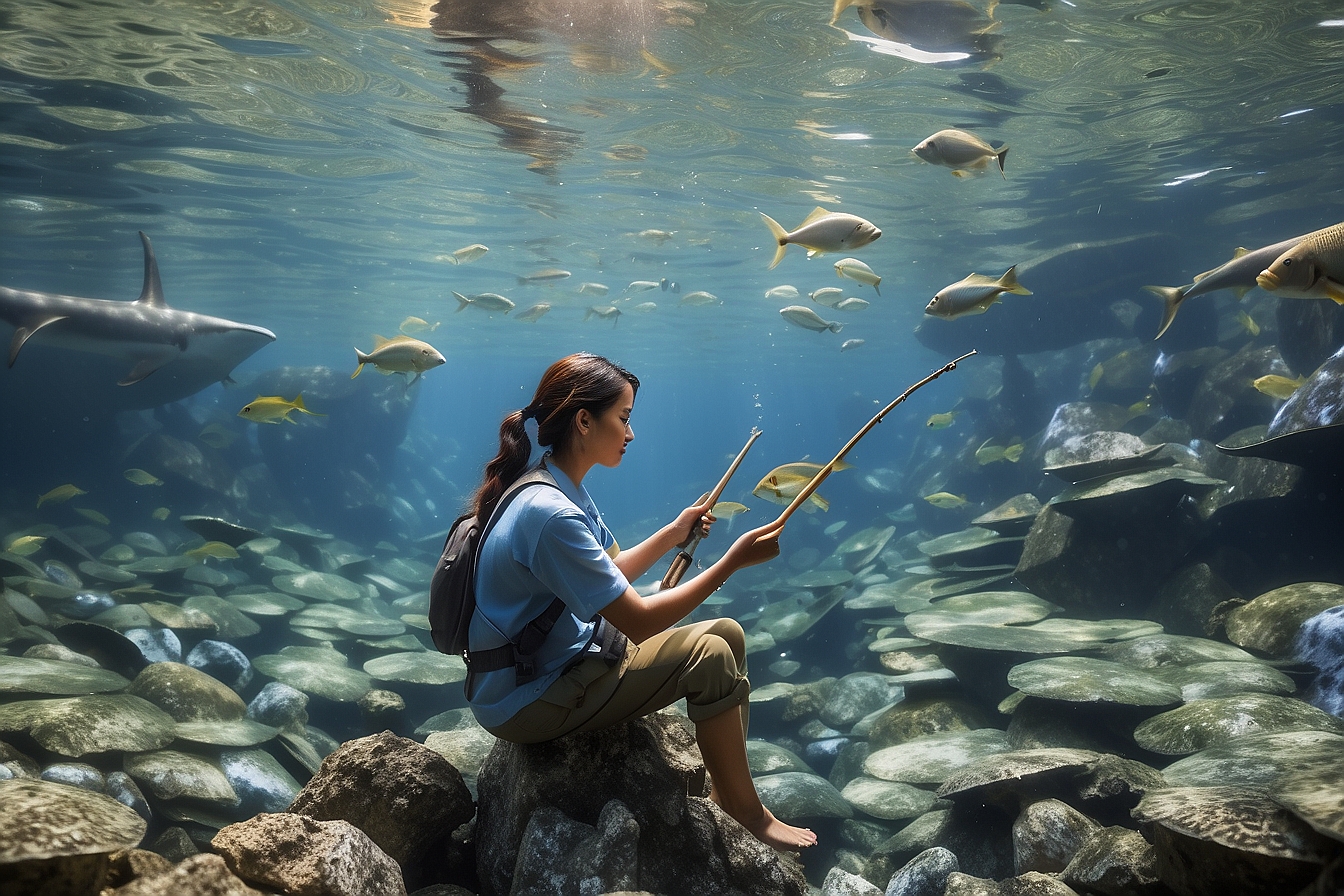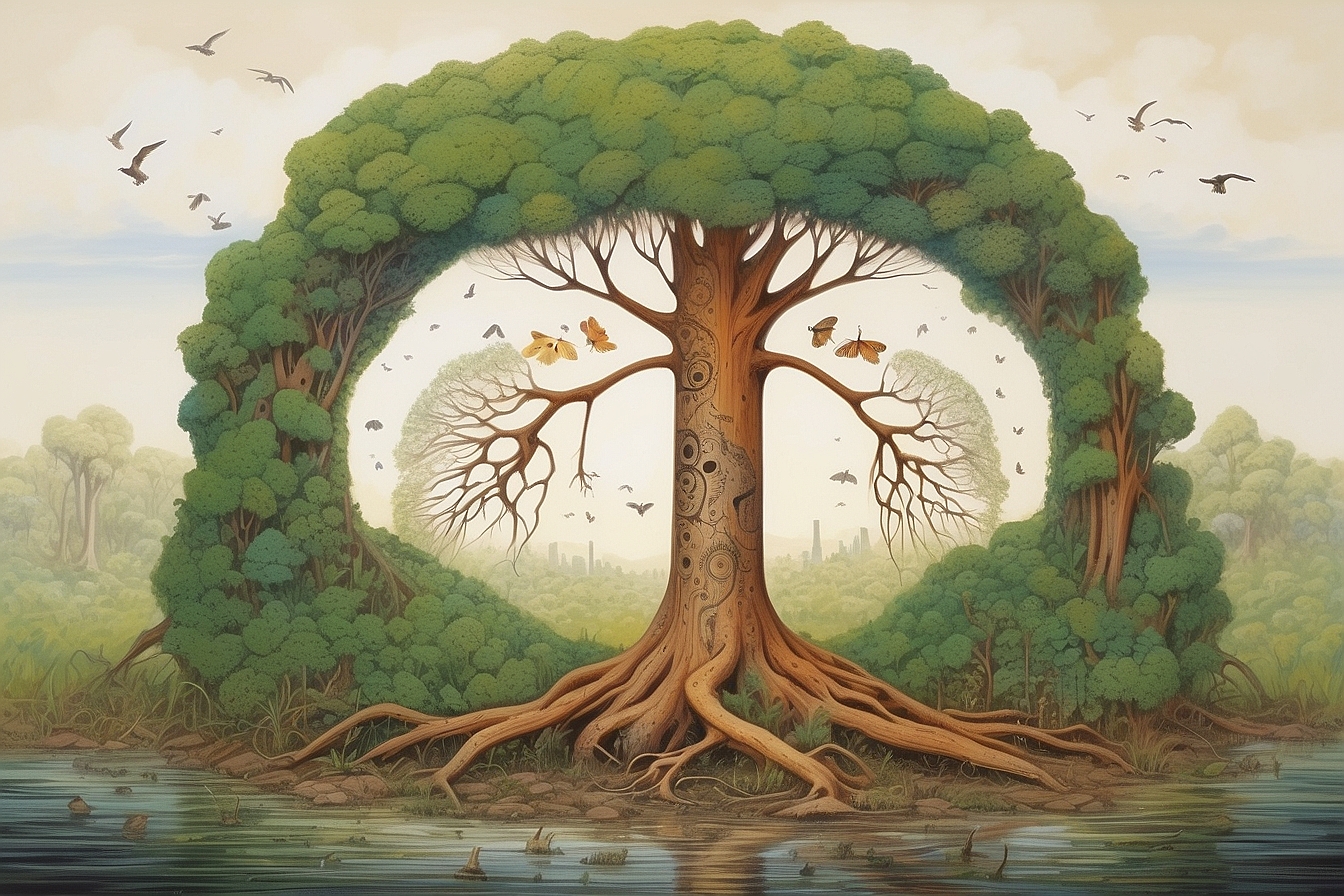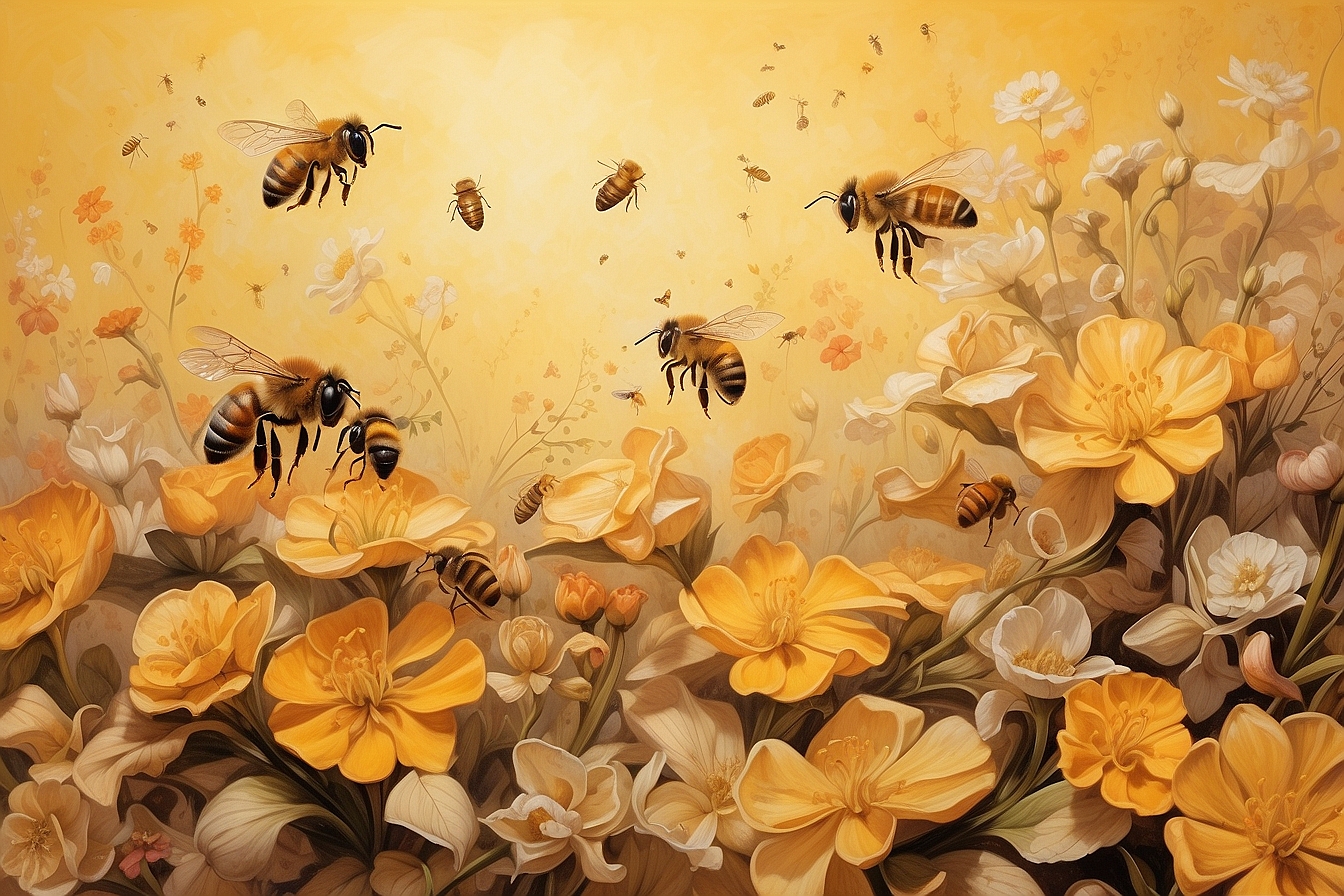Since the beginning of time, people have loved to showcase their wealth. Wealth has been represented by things that were considered hard or almost impossible to attain. Throughout most of European history, displaying paintings was the choice way of showing off wealth. In ancient Chinese and European civilizations, people chose to display their wealth with hand carved relics placed in their tombs. Today, almost everything can be bought with money, the most bizarre and rarest items are the ones often most valued by the wealthy. In a world where natural resources and the biodiversity of our planet are in short supply, the rich have found an interest in attaining what was once unattainable – life, specifically the life of rare and exotic species. With consumers that are willing to pay large amounts of money, the market for illegal smuggling and poaching of exotic animals is growing.
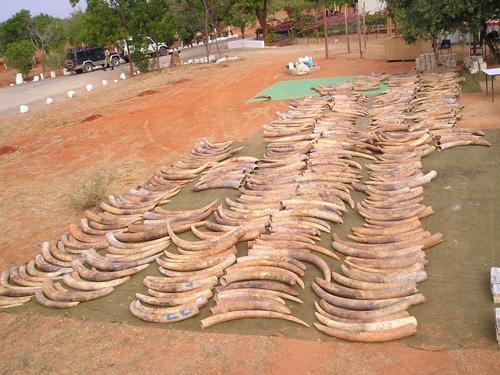 1
1
The Rise of Animal Trading
In most developed nations, industrialization and urbanization has consumed most of the land—otherwise referred to as endangered species . This leaves both the means and the incentive to poach and smuggle exotic animals to wealthier nations.2 The illegal animal trade market is estimated to generate $10 to $20 billion annually.3 The exorbitant amount of money people are willing to pay for these seemingly “free” commodities for the natives has caused them to take extreme action to smuggle them from country to country. One man attempted to smuggle eighteen endangered Titi monkeys into Mexico by strapping them into socks and then hiding them under his jumper, resulting in the death of two of the monkeys.4
Animals like the endangered Titi monkey are attractive to smugglers because they are rare and small, meaning they are high in value and generally high in portability. Smugglers take risks because of the large sums of money that awaits them for their efforts. In one case, a man from the United Arab Emirates was able to get to Bangkok with an Asiatic bear, two macaque monkeys, two leopards and two panthers, all under the age of two months, in his luggage.5 Poaching animals and illegally trading their parts is a practice that transcends the desire to demonstrate wealth—it is also based on culture and longstanding legends. Material like rhino horn, elephant ivory, and various tiger products are in high demand, especially in Asian nations due to their deep rooted convictions, such as the belief that rhino horn can cure cancer.6 Regardless of the purpose, smuggling and poaching indigenous endangered species for monetary profit is an escalating phenomenon.
International Policy
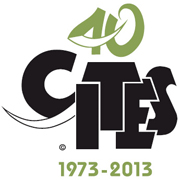 7
7
The rise of the global illegal animal trade problem created a need for international policy. The Convention on International Trade in Endangered Species of Wild Fauna and Flora, also known as CITES, was created in 1975. CITES splits species into three Appendices, each with a different standard of international trade. Appendix I species are considered to be threatened with extinction and cannot be traded for any commercial reason, for example the Hippopotamus is in this strictly protected category.8 Appendix II allows for commercial trade but under strict regulations. Appendix III lists species that individual countries have asked for help conserving and therefore needs international cooperation to prevent the exploitation of these creatures. Currently, there are over 33,000 species listed under the protection of CITES.9
Although passing legislation to control trade of wildlife is an extremely important and necessary step in the fight to end illegal animal poaching and trading, like most international agreements, it is extremely hard to implement. Corruption, weak laws and authority, and light sentences allow for many criminals to either get away with their crime or not see any real consequences for their actions.10 Beyond that, it is always extremely difficult for the many to keep the few from exploiting resources for their own monetary benefit. This issue is particularly highlighted when talking about the ocean , which is not within the borders of any sovereign state. At a meeting to discuss and possibly add to the list of species CITES protects, the 2010 Conference of Parties to CITES in Qatar, the commercial interests of China and Japan and the environmental concerns of the U.S. and Europe were put to battle.
Overfishing has been an issue for a while now and there have been proposals to put certain marine species, such as the Atlantic Bluefin tuna and four shark species, on the CITES list. However, the huge interest of Japan and China and their lobbying teams stunted these mammals from falling under CITES protection. Their tactics even included serving the Bluefin at the convention’s embassy dinner!11 However, commercial benefit does not always outweigh the concern for our planet’s wildlife. At the same conference, proposals by Zambia and Tanzania to decrease protection for elephants to allow for the trade of ivory, and proposals by the U.S. to remove bobcats from the list were rejected.12 With the ability to amend, add, and take away from the list of protections given by CITES, this piece of legislation can adapt to the changing times and circumstances.
But what can be done? Like many problems between developing and developed nations, once the demand stops, the crime will stop too. The reason why people in third world nations try so hard to trade these exotic animals out of their nations is for money and survival. The real criminals are the consumers willing to endanger the lives and livelihoods of the smugglers and the animals they attempt to smuggle. In general, developed nations are more capable of controlling their citizens. By setting the example and cutting demand, we can be the change to stop smuggling species that should be bringing their uniqueness and exoticness to the world for generations to come.
Right now there is an online petition to stop Zimbabwe’s government from selling their elephants to Chinese zoos, so take action now!

